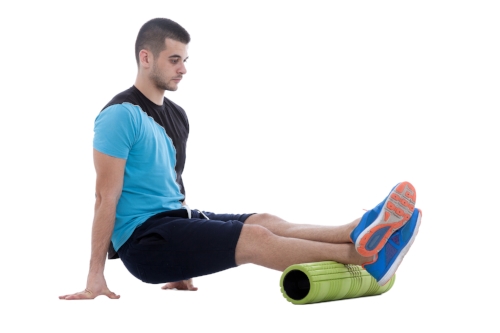Foam rolling is a fantastic way to self-release tight and/or sore muscles. It involves using a foam roller and your body weight to apply pressure to different muscle groups.
The perceived benefits of foam rolling include reducing muscle stress and tightness, improving circulation, and increasing flexibility and mobility. Foam rolling is particularly helpful after exercise as it has been shown to reduce muscle soreness and improve muscle recovery.
Given foam rolling is a relatively new practice, the exact mechanisms of action are poorly understood. While small research studies have taken place, it's an area that requires further investigation. Multiple small group studies have found foam rolling to be helpful during recovery from activity. In one study, athletes who performed 20 minutes of foam rolling after a gym strength session had reduced muscle soreness and improved agility compared to athletes who had not foam rolled. Another study showed an improvement in flexibility and range of motion in the foam rolling group compared to groups that performed traditional dynamic stretches.
You can use a foam roller on most muscle groups, but the lower limb is a great area to get stuck into both pre and post exercise. We have two types of foam rollers available for purchase at Fairfield Podiatry and encourage those involved in regular activity to adopt this practice on a regular basis.
Below is a short video demonstrating how to use a foam roller at home. Focus on each muscle group for a minute or so before moving onto another muscle group. It's best to repeat each area 2-3 times during a foam rolling session.
Helpful hint - When rolling out tight muscles, be prepared to experience some discomfort - this is normal and can be reduced by shifting more weight to your upper body. If unsure how to perform correctly, feel free to get in contact with one of our podiatrists.
Author: Caitlen Martin


